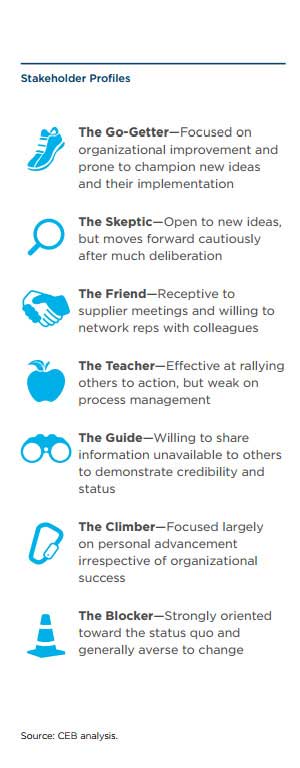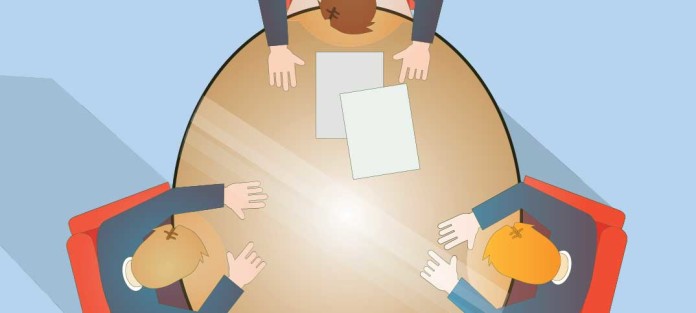Nick Shanagher discovers that pitching individually to decision-makers gets you nowhere.
There is nothing new in sales,” Nick Toman tells me after he has delivered an electrifying, half-hour round-up of all the new stuff that is in his book, The Challenger Customer.
Toman works for CEB, an organisation that supports big multinationals with their sales and marketing strategies, and also worked on its successful The Challenger Sale book.
CEB gets its customers to share data about their activity. From this, it found that while challenger salespeople were the most successful at winning business, they still ran into road blocks because of the way that companies buy.
“Buying is a really tough business. It’s much harder than before and it is a dark, scary place,” says Toman.
Increasingly, no-one wants to make a decision on a major purchase alone. Very important people also don’t want to make a decision without getting the buy-in of their team. As a result, across a business, an average of 5.4 people are involved in every B2B buying decision.
The classic sales solution to this problem is to gain access to each of the decision-makers and show how what you are selling helps solve their problem. Toman’s example of a three-person decision-making team shows how the salesman persuades the IT people that his solution will cause minimal disruption, the finance people how it will save money and the marketer how it will help reach customers.
According to CEB’s data, the net impact of all this work is approximately zero – getting three people to agree individually that they like your solution does not move the deal forward at all.
In a chart showing purchase likelihood, one decision maker gives the salesman an 81% chance, two a 55% chance, three or four a 60% chance, five a 53% chance and six a 31% chance.
 The most effective way to solve this problem is to find the ‘mobiliser’ in the organisation who will promote your solution internally – as a selling organisation, you cannot control who those 5.4 decision-makers are, but you can influence the ‘level disfunction’ by finding the right person to sell the idea internally.
The most effective way to solve this problem is to find the ‘mobiliser’ in the organisation who will promote your solution internally – as a selling organisation, you cannot control who those 5.4 decision-makers are, but you can influence the ‘level disfunction’ by finding the right person to sell the idea internally.
Toman gets you to pause and consider which of the seven possible archetypes in the buying team that you would seek out to be your mobiliser. Even in this short article, it is still worth taking the time to consider this before you read on.
“You need to look for someone who values a great idea and who can communicate it to their peers,” says Toman.
There are three to pick from: the ‘go-getter’, the ‘teacher’ and the ‘sceptic’. “None are pro-supplier and they are likely to be agnostic,” he says. “These guys push back and ask awkward questions. They are the internal customer challengers.”
If they pull apart your pitch, it’s generally a good sign, he says. It’s one of the first tells and a four-step model in the book shows how to qualify what type of buyer you are dealing with.
In a useful aside, Toman advises: “Always assume there is a blocker.” In fact, the more senior a decision-maker is, the more likely they are to be a blocker.
Once you have found the mobiliser to work with, the next step is to get the potential customer from A to B, where A is their current behaviour and B is the desired behaviour. While most organisations focus their marketing and effort on talking up B, Toman recommends that you disrupt their belief in A.
“Beware of selling ahead of where the customers are in their buying process,” he says. “You should support the buying process and understand the customer stages.”
There may be nothing new in sales but it is a profession that constantly needs re-energising. The ideas that Toman shares have a great deal of resonance and his book is a worthwhile read. While it is team-written and this shows, it is full of useful starting points for tomorrow’s better sales.








